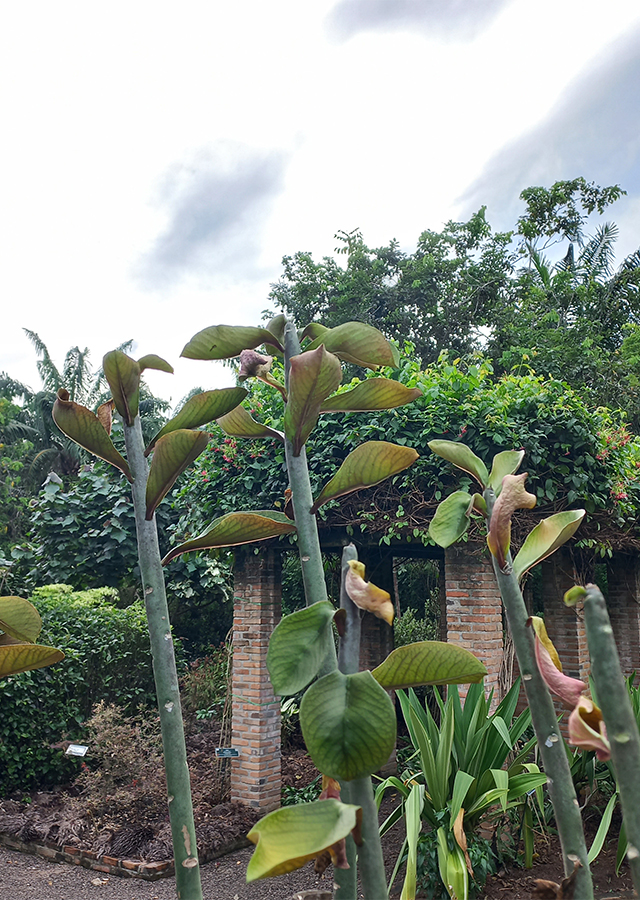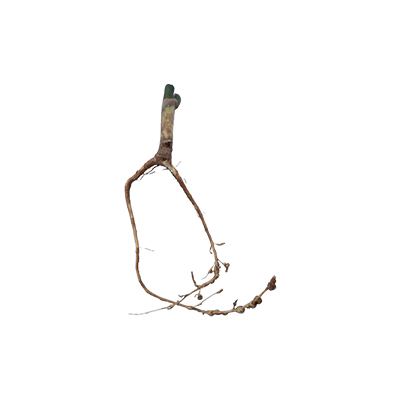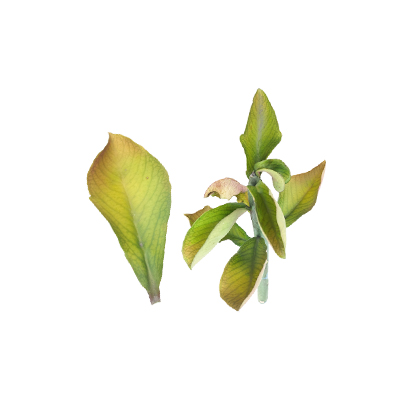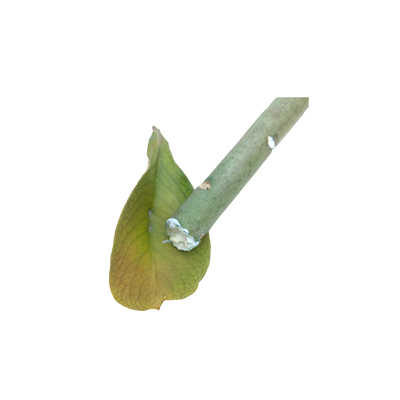African Milk Bush
Euphorbia grantii Oliv.
Euphorbiaceae
Location in our garden
Principal



Synonym
Euphorbia mulemae Rendle
Habitus
Succulent. A semi-succulent, few-stemmed shrub or a sparingly branched small perennial tree that can grow from 1.5-9 m tall.
Part Used
Leaves
Bark
Latex
Roots
Stem
Growing Requirements
Full Sunshine
Drought Resistant
Habitat
Forest
Rocky Areas
Overview
Euphorbia grantii is native to tropical East Africa in Tanzania, Rwanda, Uganda, The Democratic Republic of Congo, and Burundi. It has been introduced in many other tropical regions. The plant is harvested from the wild for local use as a medicine. It is sometimes grown as a hedge and as an ornamental. The milky latex is used medicinally, despite its toxicity. The latex may cause rupturing of the cornea if it comes into contact with the eyes, and poisoning in people and animals if ingested.
Vernacular Names
No found data on this. Need further research.
Agroecology
Can be found on sandy or rocky soils, in open woodland, and on rocky hillsides, at elevations up to 1,750 m. Prefer to grow in full sun areas. This species is quite drought tolerant. However, it is not very frost-resistant and does not like waterlogging. Grows best at temperatures up to 15 °C.
Morphology
- Stem - bark smooth, grey, horizontally grooved; branches semi-succulent, with large prominent closely-set leaf scars and abundant latex.
- Leaves - alternate, simple and entire, sessile, glabrous; stipules glandular, minute, soon falling; blade linear to linear-lanceolate, up to 30 cm × 3 cm, base rounded, apex acuminate, midrib prominent on the lower surface, pale green.
- Flowers - inflorescence a short-hairy, 3-branched umbel, consisting of clusters of flowers, each cluster called a ‘cyathium’; peduncle up to 10(–15) cm long; branches up to 5(–7) cm long, each forking up to 8 times; bracts sessile, branching several times at the tips and terminating in minute knobs, the glands yellowish green, with reddish processes; each involucre containing 1 female flower surrounded by many male flowers. Flowers unisexual; male flowers with many fan-shaped, deeply divided, feathery bracteoles, stamen 15 mm long; female flowers with curved pedicel up to 1.5 cm long in fruit, perianth with lobes 1.5 mm long, ovary superior, short-hairy, 3-celled, styles c. 1 cm long, fused to nearly halfway, with shortly 2-fid thickened stigma.
- Fruit - almost globose capsule 13 mm × 17 mm, glabrous when mature, tinged purplish, 3-seeded.
- Seeds - almost globose, 6 mm × 5 mm, slightly compressed laterally and obscurely 3-angled, surface minutely rough, greyish brown.
Cultivation
Vegetatively propagated by stem cutting.
Chemical Constituents
Phenolic compounds (tannins, coumarins, and anthraquinones), terpenes, 3-methoxyflavones, anthocyanins.
Traditional Medicinal Uses
- In East Africa the latex is applied to wounds to promote blood clotting and tissue healing. The latex is warmed by placing a section of the stem in hot ash, and applied as ear drops to treat earache.
- In Rwanda and Burundi the diluted latex is drunk to treat infections of tapeworm and other intestinal worms. Stem ash is applied to sores caused by leprosy.
- In Rwanda a leaf decoction, roasted leaves or leaf sap mixed with beer is taken to treat gonorrhoea.
- The roots are a strong purgative and are given to children to chew to treat stomach complaints, whereas adults chew the roots as an emetic to treat epilepsy, poisoning and snakebites. Ground roots are eaten in porridge to treat constipation. The Maasai people use the stems in a tonic that is mixed with soup and given to new mothers after labour.
- The leaves, bark and roots are boiled and given to cattle, to prevent infection of the uterus when the placenta is expelled.
- The stems are taken as a recreational stimulating drug by the Maasai people.
Part Used
Reference Sources
- EOL. (No date). Euphorbia grantii Oliv.. https://eol.org/pages/1144779/articles. 24-06-2022.
- Fern, Ken, (2021). Useful Tropical Plants: Euphorbia grantii. http://tropical.theferns.info/viewtropical.php?id=Euphorbia+grantii. 24-06-2022.
- Grace, O.M., and Fowler, D.G. (2014). Euphorbia grantii (PROTA). https://uses.plantnet-project.org/en/Euphorbia_grantii_(PROTA)#Euphorbia_monteiri. 24-06-2022.
- Kew Royal Botanic Gardens. (No date). Plants of the World Online: Euphorbia grantii Oliv. https://powo.science.kew.org/taxon/urn:lsid:ipni.org:names:346682-1. 24-06-2022.
- Munhoz, A.C.M., et al. (2014). Chemical and Pharmacological Investigation of the Stem Bark of Synadenium grantii. Planta Medica, Vol. 80(6). DOI:10.1055/s-0034-1368300. Also available: https://www.researchgate.net/publication/261257178_Chemical_and_Pharmacological_Investigation_of_the_Stem_Bark_of_Synadenium_grantii
- Succulent City. (2020). Euphorbia grantii Care, Propagation & More. https://succulentcity.com/euphorbia-grantii/. 24-06-2022.



